Trapping Floats
Trapping floats is a handy technique for when you’re knitting stranded colorwork. Wait… What’s trapping? What are floats? What’s stranded colorwork?! Our Trapping Floats Tutorial explains everything!
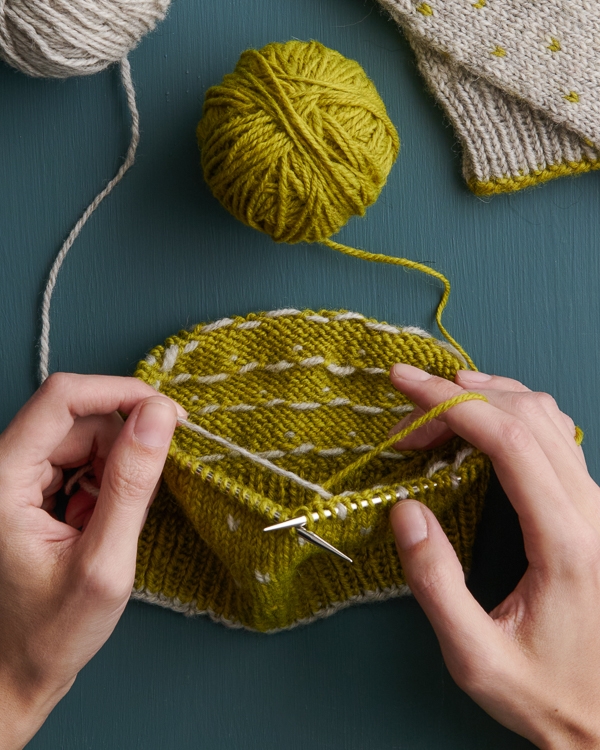
Our free Raindrop Hat + Arm Warmers pattern in Vinter Wool
Stranded colorwork is when you switch back and forth between two colors of yarn. The “floats” are the strands of yarn that connect the last time you used a color to the next time you use it. When they get too long, they can easily snag on things and cause problems, and that’s where “trapping” comes in. Trapping is how you can tack down the middle of each yarn float so it’s not so long and ungainly… And it’s super easy to do!
Trapping Floats In Stranded Knitting: Video Tutorial
Click To See Video Transcript
Hi, this is Whitney from Purl Soho, and I’m going to demonstrate how to trap floats when you’re knitting stranded colorwork. Stranded colorwork is when you switch back and forth between colors within the same round, like here in the swatch for our Raindrop Hat. You can see that we have this wonderful stockinette design on the right side of the work, but the issue we’re addressing here is on the wrong side where you have these strands of yarn that connect the last time you used a color to the next time you use it. We call these floats, and when you have floats that are longer than about an inch they tend to snag on your finger and buttons and earrings.
So I’m going to show you a handy trick to tack down the non-working yarn halfway through the float by trapping it with the working yarn. Like here’s the beginning of the Raindrop Hat and you can see that each float is tacked down in the middle to create two shorter floats that are less likely to snag on things. It looks very tidy and it’s super easy to do, so let’s trap a float and you can see how to do it.
Okay, so I’ve worked up to a place where I’ve just finished knitting a contrast color stitch, and now I need to knit five main color stitches, which is about an inch of fabric and a good opportunity to trap a float. So the first thing you do is knit up to the halfway stitch of your main color stitches. So I’m going to knit two, and the next stitch is the halfway mark of my five stitches. If you have an even number of stitches, you just get as close to halfway as you can.
So to trap the float, all you do is take your non-working yarn and at the back side of your work you cross it over the working yarn like that, and then you just knit the next stitch like you normally would and finish off with the last two stitches, that in this case we need to knit. And you can see that on the right side of the work, all the stitches look like normal stockinette stitch. And on the wrong side of the work, this float is really neatly tacked down halfway through. Let’s try it again.
We’re at a moment where we need to knit a contrast color stitch, so I’ll do that. Then we have to do the five main color stitches. So we’ll go to the halfway mark here. One, two, time to trap. So we take our non-working yarn and we cross it over the working yarn like that, knit the next stitch, and then finish off with our last two stitches. So let’s take a look at the back side again, at all of these nicely trapped floats. They’re really tidy and secure and, as you now know, also super easy. So that’s how you trap floats in stranded colorwork.
Trapping Floats In Stranded Knitting: Step-By-Step Instructions
Prefer still photos and text? Follow along here!
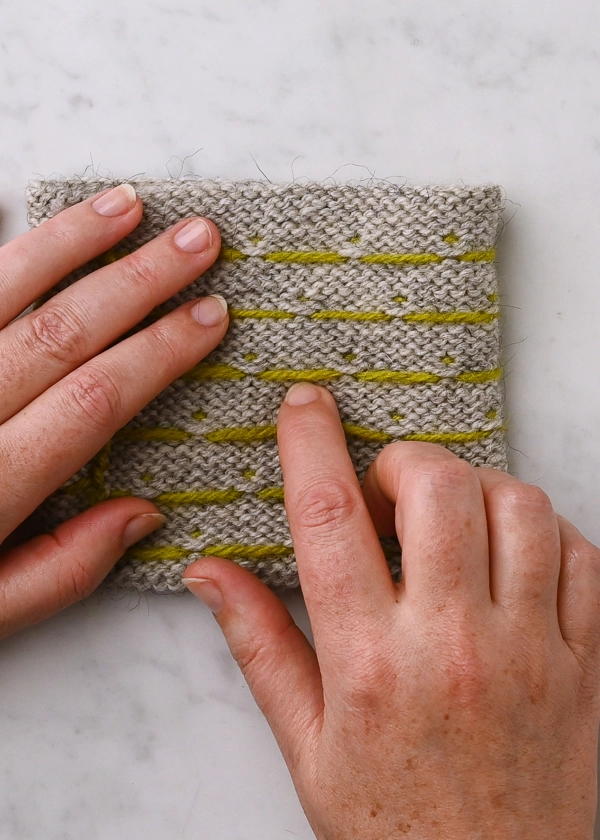
You’ll know it’s time to trap a float when the long strands of yarn on the wrong side of your work are about an inch or longer. For example, in the Raindrop Hat + Hand Warmers pattern, there are runs of five main color stitches that end up being about an inch long… The perfect time to trap a float!
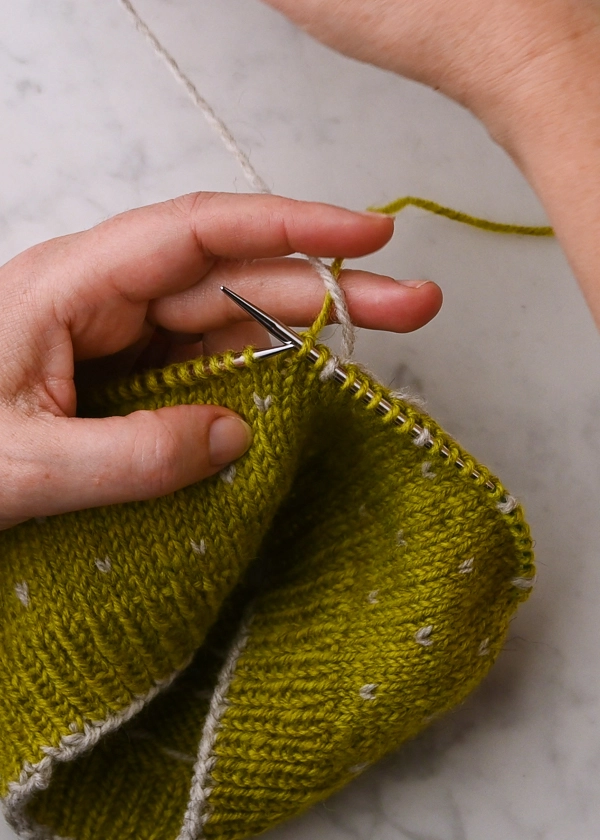
Knit up to the halfway point of the float. In this case, knit 2, and your next stitch (the 3rd) is the halfway point. (If you have an even number of stitches, just get as close as possible.) Now you’re ready to trap!To trap the float, simply bring the non-working yarn (gray, above) over the working yarn (green, above). This will secure the non-working yarn as you knit the next stitch.
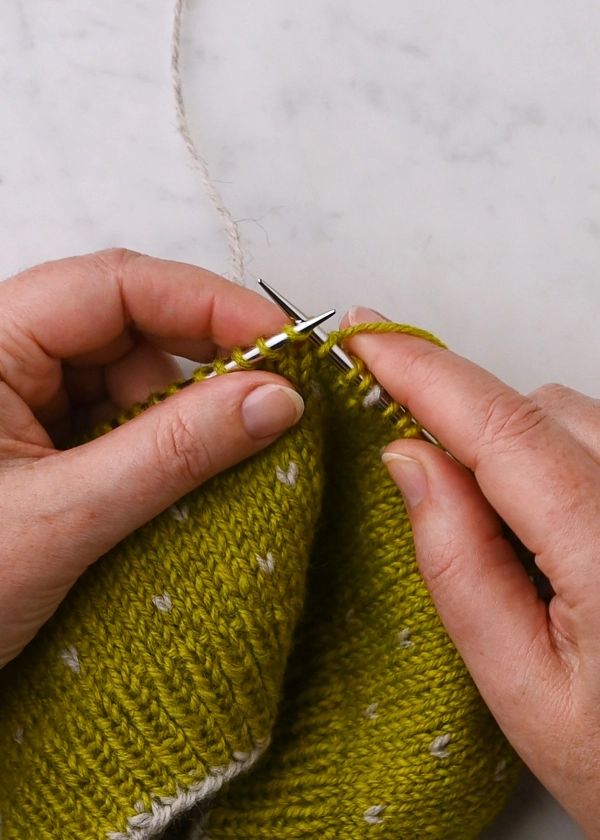
Knit your next stitch (and the remaining stitches in the run) as normal with the working yarn.
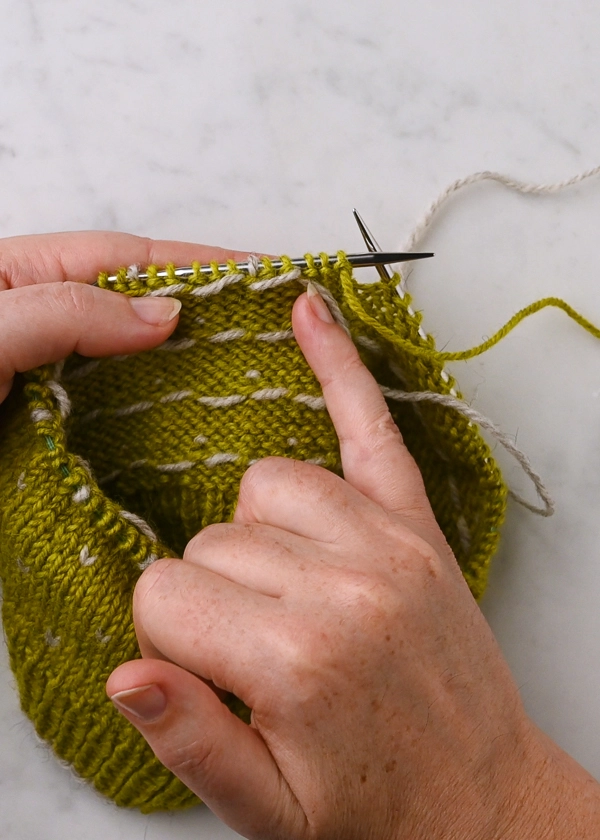
You’ll see that the non-working yarn got neatly tacked down by the working yarn, avoiding a long and messy strand. To continue, just pick up the next color as usual, and the float will be complete!

Ready to master stranded knitting and trapping floats? Get our free Raindrop Hat + Arm Warmers pattern and pick up some Vinter Wool yarn to knit it… Our hand-dyed Norwegian wool yarn has a toothy feel that makes it ideal for colorwork!e!
Looking for more inspiration? Explore all of our free knitting patterns and knitting tutorials, buy one of our many knitting kits and yarn bundles, and shop for beautiful yarn. We have over 35 gorgeous natural fiber yarns in 100’s of magnificent colors, designed to bring integrity, beauty, and joy to your next knitting project and only available at Purl Soho!



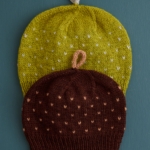
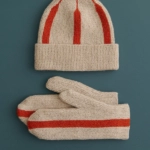
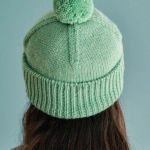
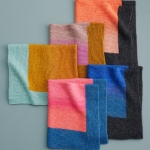


I love puri soho.
One day I hope to visit your shop .
I live on the west coast of Canada.
Thank you so much for all the freebies and added
Helpful instructions.
Hi Beverly,
Thanks for reaching out and for your kind words! I am so glad to hear that you enjoy our patterns, and hopefully we can meet you in the shop one day!
All the best,
Gianna
I entirely agree with Beverly. Your yarn ,patterns and tutorials are fantastic. A visit on your website is always a pleasure. I live in Montreal and also hope to visit you in person one day.
Martine
Thank you for the hints and how too’s..
Hi there, I’m an avid knitter from Australia. I’ve only recently discovered your site and purchased and downloaded some patterns, they’re gorgeous! Can’t imagine that I will be visiting the shop anytime soon though 😏 Cheers, Nene
Hi Nene,
We’re so glad you’ve found us and have been enjoying the projects and patterns! Welcome, and Happy Knitting!
Warmly,
Kelsey
I am trying to carry yarn in different size stripes. The purl stitch is the right side. How do I carry the yarn
Hi Dot!
Thank you for your question. To carry your yarn up along the knit side, it will be the same process as if you were carrying it up the purl side! All you need to do is use your new yarn to trap the old yarn by crossing the old yarn over the new yarn. For more detailed instructions, I suggest taking a look at our Stripes in the Round Tutorial for a video showing how to carrying yarn up along the wrong side.
I hope this helps!
All the best,
Margaret
Hello!
Thank you for your beautifully designed website and all the tutorials. I am knitting a large cowl in the round. The pattern has sections that are “knit 6, purl 6 and repeat to end of round”. Because of the yarn and needle size I would like to lock the floats once during the 6 stitches. That is simple when it is the K6 section but I have no idea how to catch the yarn being carried when I am doing P6. So, locking the float on the back of a purl stitch. Make sense? I’ve scoured the internet without success.
Thanks for all you do,
Hi Heidi,
Thanks for reaching out! We’d love to help answer your question, but it’s a bit difficult without more context. Would you be able to send a photo or screenshot of this point in the pattern (or just a link to the pattern, if it’s online), so we can take a look? That would be much appreciated!
All the best,
Lili
Wow.. from fr eezing Alberta.. I .ve done 3 pairs if Bernie mittens, trees etc but a Santa Fair Isle pattern had me stumped. I spent all weekend baking a for some reason couldn’t catch floats, you tubes up to here. . My cataracts couldn’t catch that float.!!
Christmas miracle? I found the simple instructions here without a whole bunch of continental or English style confusion . ( btw I think Susie Bryan’s shows floats with purls , if videos are your jam, Next how to knit in round without increasing stitches 🥹. Thanks, you’re the best!
Does the MCand CC get twisted ? If so how do you prevent this?
Hi Joan,
There’s definitely some potential for twisting when you use this technique! To avoid it, just make sure you move the entire CC ball to the other side of the MC ball when you trap the float.
All the best,
Lili